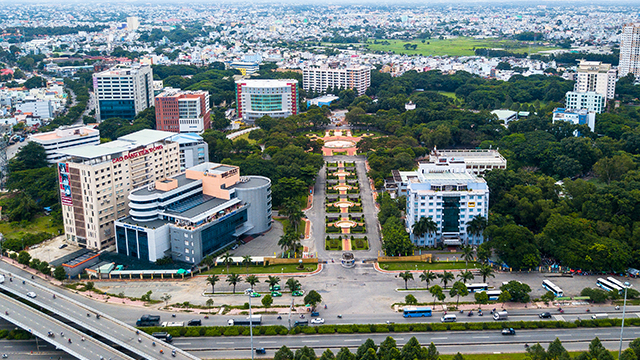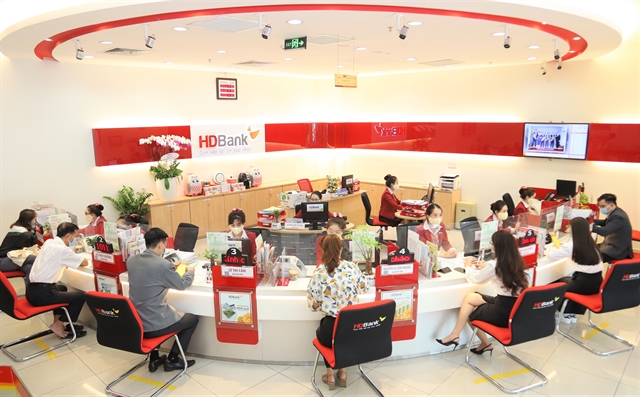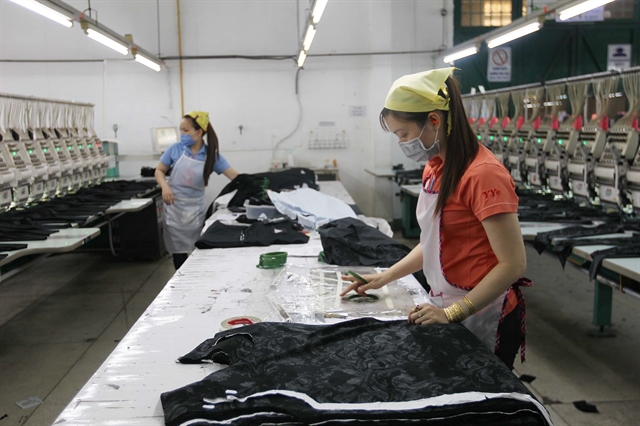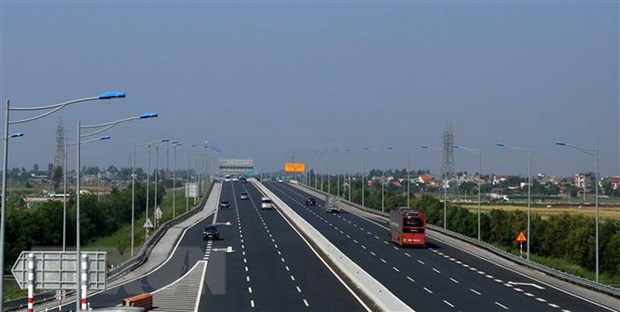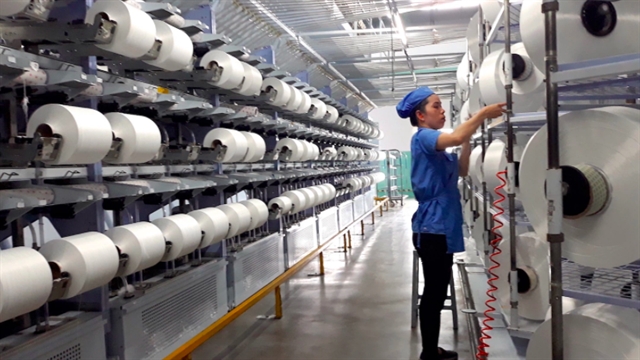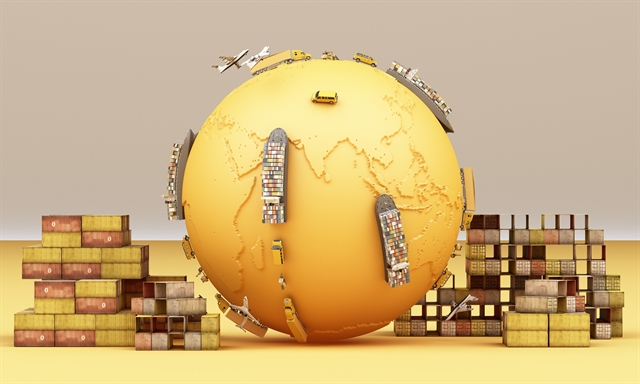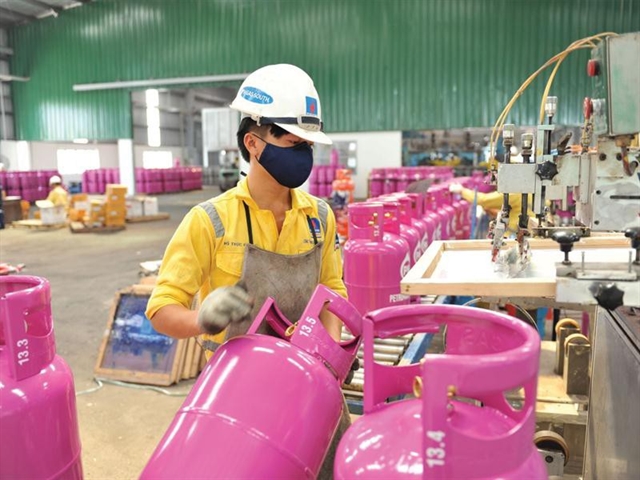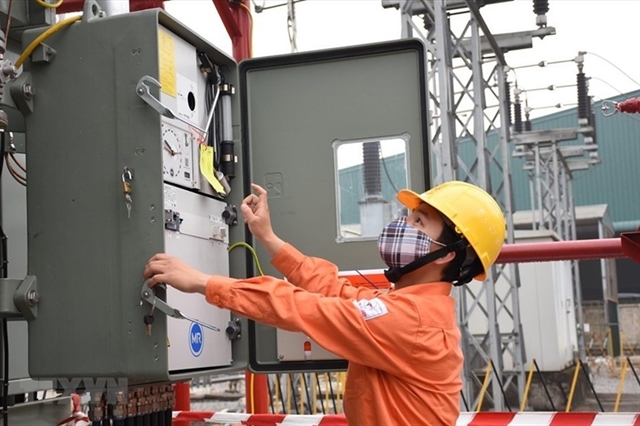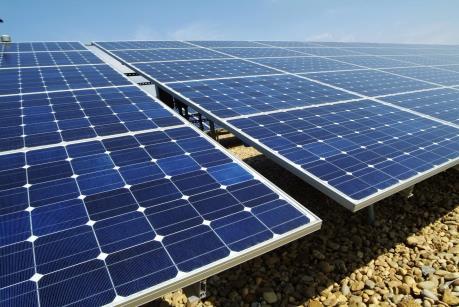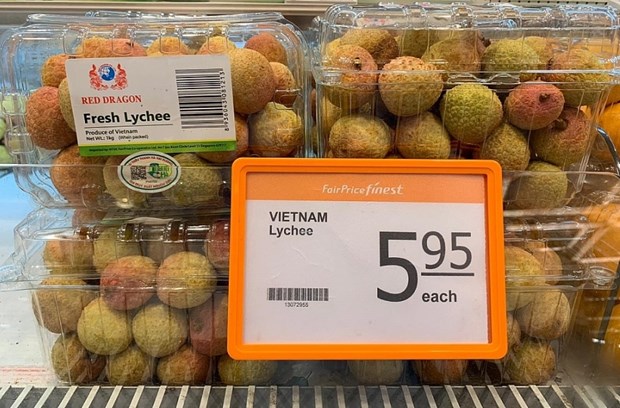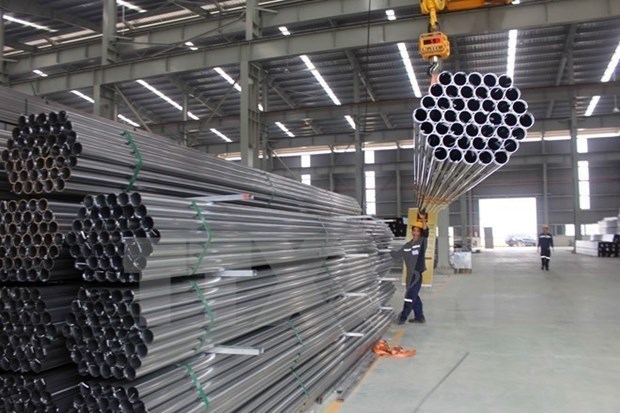
HÀ NỘI — The Ministry of Industry and Trade (MoIT) has denied rumours that it proposed the establishment of a State stabilisation fund to cope with the sudden increase in steel prices that has impacted many businesses.
Deputy Minister of Industry and Trade Đỗ Thắng Hải told a press conference on June 3 that from the end of 2020 until now, the price of raw materials for steel production has soared, causing a sudden increase in the price of steel products, affecting construction enterprises and their ongoing projects.
After Deputy Prime Minister Lê Minh Khái’s request to report about the situation on May 8, the ministry met with leading steel manufacturing and trading enterprises like the Vietnam Steel Corporation and Hoà Phát Group, then submitted their report to the Government.
Hải told the conference: “The MoIT does not propose a stabilisation fund for steel prices.”
Earlier, experts and steel manufacturing enterprises came out as opposed to such a fund.
Nguyễn Văn Sưa, a steel industry expert, told local media a steel price stabilisation fund was "incompatible with the principle of price management in a market economy" because steel is not a commodity managed by the State.
Sưa said: “The recent spike in domestic steel prices was mainly due to the high price of raw materials for this product known as iron ore, fat coal and scrap steel, which have all skyrocketed in the international market.”
“Raw materials account for 90 per cent of the steel production price, so when raw materials increase, domestic steel prices go up," he added.
As steel prices increased due to the world price level, a stabilisation fund is not suitable, said Sưa, adding it was necessary to use the law of supply and demand of the market to cool down the price.
Economist Ngô Trí Long, who is an expert in prices, said the steel market has been competitive since 2012 and there is no reason to use the tools of the State for this market. Instead, to cool down steel prices, indirect tools such as taxes and trade should be used, he said.
Long said steel was not listed as a good subject to price stabilisation by law, so a proposal to build such a fund was not suitable.
On June 3, deputy minister Hải said the MoIT and its branches would conduct research, review and implement the construction of technical barriers and quality standards, create a healthy competitive environment and ensure the interests of consumers, as well as implement trade remedies for steel products in accordance with trade regulations and international laws.
At the same time, the ministry would monitor and consider handling possible dumping of some steel products imported into Việt Nam as well as deal with anti-dumping lawsuits of other countries against Vietnamese steel exports.
The deputy minister said market management teams would focus on the steel market to prevent and handle the phenomenon of speculation to increase steel prices, manipulate steel prices in the market, and trade fraud.
The MoIT also suggested steel manufacturing enterprises reduce input costs, production costs to lower the cost of finished steel products, maximise domestic capacity to increase supply and limit exports of domestic products that are in demand.
From the beginning of this year, steel prices have jumped by 40 per cent, significantly pushing up investment capital, in some cases by billions of Vietnamese dong, for construction projects.
According to the General Statistics Office (GSO), the price index of steel and iron products increased by nearly 20 per cent in April from the same period last year and more than 23 per cent in the first four months of 2021.
The GSO pointed out three reasons for the increase, including the rise in prices of raw materials for steel production and transportation costs, the decrease of global steel supplies as China tightened control over production volume and rising domestic demand.
VR Sharma, Managing Director of Jindal Steel and Power Ltd (JSPL), one of India’s leading conglomerates with interests in Steel,Power, Mining and Infrastructure, told hellenicshippingnews.com on June 4 that: “Steel consumption has increased worldwide. America is pulling a lot of demand, so is China and this has led to the overall increase in the raw material prices.” — VNS


